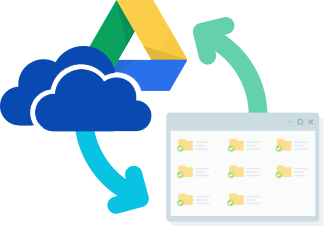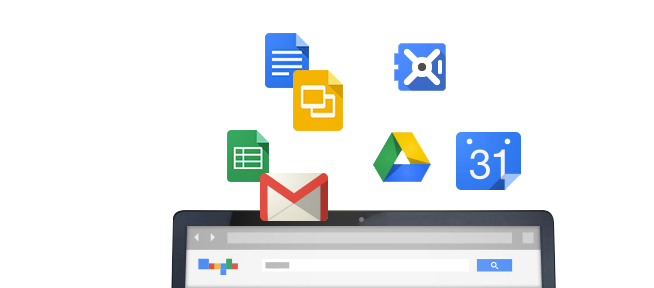Google Drive has amazing utility
Google Drive is extremely handy. It’s also easily available and scales quickly, even when it finds its way into an organization organically.
It’s not uncommon to come across an organization with dozens or even hundreds of employees leveraging the consumer (free) version of Google Drive to manage and share work content. There are a lot of reasons this is a bad idea:
- Zero oversight
- Zero control
- Zero ability to set even basic security policies
- An inability to troubleshoot
- An inability to backup potentially critical files and other content
- No SLA
You’re not stuck
Management may find company employees have adopted Google Drive to a surprising degree. It’s important to take steps as soon as possible to bring this content under control of the organization. G Suite Basic or G Suite Business can be deployed for the domain regardless if you’re going to use Gmail for your corporate email service (it’s a great option!) or not. You can also continue leverage Active Directory for access management and password management.
Migrating personal Drive accounts to G Suite

Once G Suite is in place, you have the ‘targets’ for your migration. If you’ve ever been involved in a server-side IMAP migration for email, the process is somewhat similar. The personal Google Drive accounts do not have a central administrator (obviously). The migration service must authenticate via the Users’ credentials. The User is not involved, they just need to provide their credentials. The entire process runs behind the scenes. We’re also able to update changes so everyone can continue to work normally.
The personal accounts are your content “sources” while your new corporate accounts become your “targets”. Thankfully the administrative controls provided by the G Suite Control Panel allow full access and control over the target User accounts.
What about sharing? Sharing migrates on a ‘best effort’ path. There are all kinds of factors that impact the sharing of content both before and after the migration as well as within the settings of both source and target accounts. You can often replicate sharing-metadata (when possible). In other words, if you sync two Drive accounts, and you shared a file or folder in one cloud account, you can have the migration service attempt and share that file within the target account. However, from a security perspective it can be a good idea to have Users recreate sharing relationships – now that the domain administrator has control over and visibility into these relationships. The trade-off is an inconvenience to the User but can be a good exercise in corporate governance.
Worth the effort
Your company’s data does not belong in consumer services. The sooner you make the move to the business services, the easier the transition will be on everyone.



